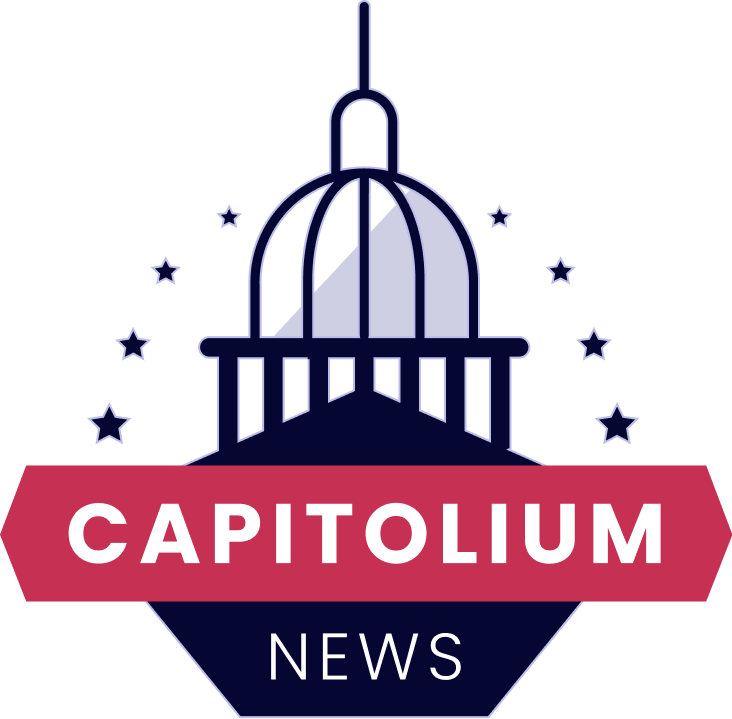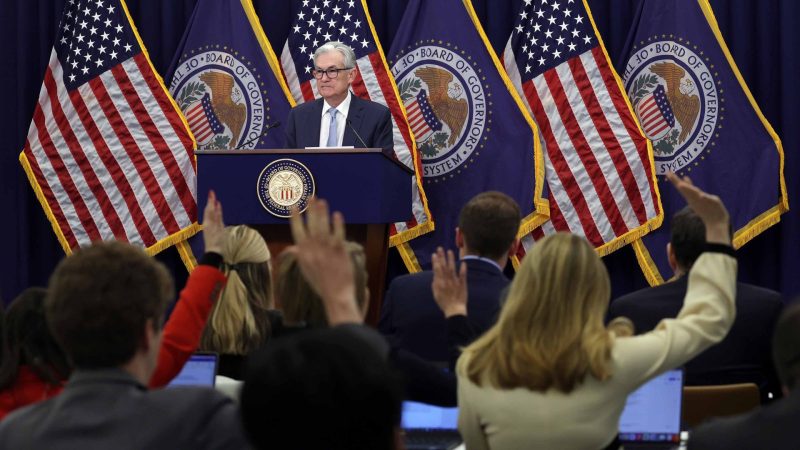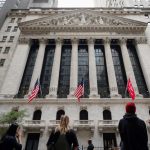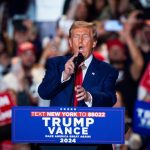The Federal Reserve recently made a significant move by announcing its first rate cut in over a decade. Economists and financial analysts have been closely watching this development and weighing in on its potential impact on the economy. Let’s delve into the insights provided by the experts regarding this bold decision by the Fed.
1. **Economic Stimulus or Precautionary Measure?**
Brian Cheung, a finance reporter, views the rate cut as a proactive measure aimed at stimulating economic growth. Cheung highlights the Fed’s efforts to sustain the current economic expansion amidst global economic uncertainties. By lowering interest rates, the Fed hopes to encourage borrowing and spending, thereby bolstering the economy.
2. **Concerns Over Future Economic Trends**
Economist Diane Swonk voices concerns about the potential risks associated with the rate cut. Swonk suggests that while the decision may provide a short-term boost, it could also indicate underlying challenges in the economy. She emphasizes the importance of closely monitoring future economic indicators to assess the long-term implications of this move.
3. **Impact on Investors and Financial Markets**
Market strategist Ryan Detrick analyzes the response of investors to the rate cut. Detrick notes that the initial market reaction was positive, with stock prices rising in response to the announcement. However, he also points out the need for continued vigilance as investors assess the broader implications of the Fed’s decision on their portfolios.
4. **Global Economic Perspectives**
Looking at the global perspective, economist Elga Bartsch highlights the interconnected nature of the global economy. Bartsch emphasizes that the rate cut by the Fed could have implications beyond the United States, impacting international trade and financial markets. As such, a comprehensive understanding of the global economic landscape is crucial in evaluating the ramifications of the Fed’s decision.
5. **Policy Implications and Future Dynamics**
Economist Lindsey Piegza scrutinizes the broader policy implications of the rate cut. Piegza raises questions about the sustainability of relying on monetary policy tools such as interest rate cuts to address economic challenges. She underscores the need for a more holistic approach that combines monetary and fiscal policies to address complex economic issues effectively.
6. **Consumer Impact and Spending Behavior**
Discussing the potential impact on consumers, financial journalist Nathan Bomey looks at how the rate cut might influence consumer behavior. Bomey suggests that the reduction in interest rates could lead to lower borrowing costs for consumers, potentially encouraging increased spending and investment. Understanding consumer sentiment and spending patterns post-rate cut is critical in assessing the overall economic impact.
In conclusion, the Federal Reserve’s decision to implement a rate cut has stirred a range of perspectives among experts in the field. While some view it as a necessary step to sustain economic growth, others caution against overlooking potential risks and challenges. As the economic landscape continues to evolve, monitoring key indicators and adopting a comprehensive approach to economic policymaking will be essential in navigating the implications of the Fed’s bold move.



